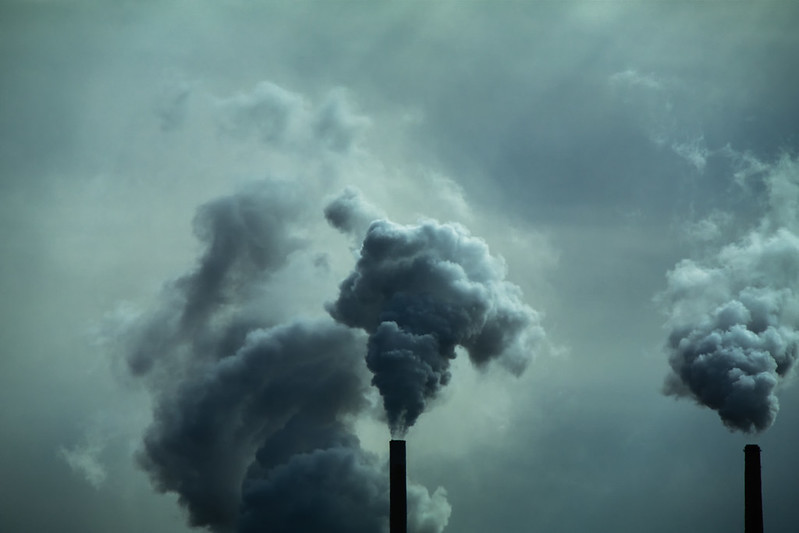Global emissions gap has widened by four times since 2010 – new insight

A new synthesis of the ten United Nations ‘Emissions Gap Reports’ finds that the emissions gap has widened by four times since 2010, and we have far less time to act than we thought, to reach the Paris Agreement objectives.
Each year for the last decade, the UNEP Emissions Gap Report has compared the difference between what countries have pledged to do individually to reduce greenhouse gas emissions, and what they need to do collectively to meet the Paris Agreement goals. This is difference is the ’emissions gap’.
This week, a team of researchers published an overview of the 10 UNEP Emissions Gap reports, to date, in the journal Nature. The authors look at countries’ overall progress in cutting the emissions gap over this period. They find that global society has less time to cut emissions than we thought; and what is more, the gap has widened by four times.
There are three reasons for this:
First, global greenhouse gas emissions increased by 14% between 2008 and 2018. Higher levels of emissions mean that we need to act faster to achieve the same reductions.
Second, increased understanding of climate risks has led to more ambition in international emissions reductions targets. The Paris Agreement goal to limit average global temperature rise to 1.5 degrees superceded the 2.0 degrees target agreed at climate negotiations in Cancun (2010), when the first Emissions Gap Report was published.
Third, countries’ voluntary climate pledges, known as nationally determined contributions (NDCs), have so far lacked ambition. Adding up countries’ current NDCs would in fact lead to a slight rise in emissions by 2030. To add to the urgency, “countries are not even on track to achieve their now plainly inadequate pledges”, say the authors.
Now, because of the yawning emissions gap, countries will have to cut emissions by 7% per year by 2030 to have the best chance of achieving the 1.5 degree temperature goal. This leaves only 10 years to halve global emissions.
It all makes for sobering read, but there are some reasons to hope.
To date, 76 countries have set or are considering commitments for net-zero emissions. Fourteen subnational regions and states are doing likewise, including large economies such as California’s. Together these account for around 19% of global greenhouse gas emissions.
The cost of renewables has also dropped significantly, helping to spur a low-carbon revolution and facilitate the much-need transition away from heavily polluting coal. These innovations also come with co-benefits. Replacing fossil fuels with renewables not only cuts emissions, but can reduce air pollution and strengthen energy security too.
As COP26 approaches, countries need to massively scale up ambition in their new NDCs. They need to revise their NDCs by locking in more aggressive pledges that will close the emissions gap.
Governments, the private sector and communities need to be in crisis mode, say the authors. If they do not take more ambitious action now, the temperature goal of the Paris Agreement will be out of reach.
Read the full paper: Emissions: World has four times the work or one third of the time.